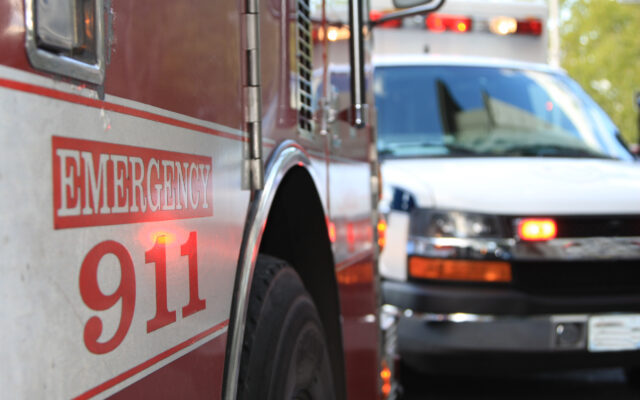The differences between Bezos and Branson flights

▶ Watch Video: Blue Origin founder Jeff Bezos and crew launch into space on New Shepard spacecraft
Two competing billionaires have launched successful trips to space in the race for commercial space travel. On Tuesday, Amazon and Blue Origin founder Jeff Bezos blasted off into space on the New Shepard spacecraft. Last week, Virgin Galactic’s Richard Branson rocketed into space on his own aircraft. Here are the differences between the two flights.
Bezos and three crewmates lifted off from the Blue Origin’s West Texas launch site and rocketed to an altitude of more than 62 miles above the Earth.
Branson, two pilots and three other crew members flew on the VSS Unity spaceplane. They lifted away from the company’s Spaceport America launch site July 11 near Truth or Consequences, New Mexico.
While the liftoff locations and methods are different, their goals for commercial space flights are similar, CBS News senior space analyst Bill Harwood reports.
“The bottom line is they’re selling the same thing. They’re selling about three minutes of weightlessness and flights out of the atmosphere,” Harwood told CBSN anchor Anne-Marie Green ahead of Bezos’ flight Tuesday. “How they get there, however, is different.”
Blue Origin chose a capsule mounted on top of a rocket. “I’m reminded of Alan Shepard and his first Mercury flight that was a rocket booster and a capsule,” Harwood said, referring to NASA astronaut Alan Shepard, the first person from the U.S. to travel to space, in 1961.
“This is the same philosophy, and just like that original Mercury flight, they have an abort system, so they can get away from the rocket if there is a malfunction,” Harwood said.
Blue Origin’s New Shepard booster, which carried the capsule holding Bezos and his crewmates, was named after Shepard.
The spacecraft traveled three times the speed of sound, and once it reached an altitude of about 45 miles, the booster’s company-designed BE-3 main engine shut down and the capsule was released to fly on its own, Harwood said.
Bezos and his crewmates were then able to enjoy three minutes of weightlessness, as the capsule reached a high point just above 62 miles.
That’s the internationally recognized “boundary” between the aerodynamically discernible atmosphere and space, a distinction recognized by the Fédération Aéronautique Internationale, a Switzerland-based organization that sanctions aerospace records.
The Virgin Galactic spaceplane flew slightly lower, but well above the 50-mile altitude recognized as the boundary of space by NASA and the Federal Aviation Administration, Harwood said.
Virgin Galactic’s spaceplane design is air launched, meaning another aircraft carries it about 45,000 feet and then releases it. A rocket engine then ignites and carries the plane to space.
For Virgin Galactic’s model, the rocket is an integral part of the spaceplane. “They can shut it down and then glide to a landing if there’s a problem, but you don’t get away from it in that sense. You can get away from your rocket with Blue Origin,” Harwood said.
Branson and his crew also enjoyed weightlessness and live-streamed their trip as they floated free from their seats. Only the audio from inside the Blue Origin capsule was streamed, and Bezos and his crew could be heard shouting “woo-hoo.”
Eight minutes after liftoff, three parachutes deployed on the Blue Origin crew capsule to slow it down for landing as it descended back to Earth. The flight lasted about 10 minutes.
Pilots guided the Virgin Galactic spaceplane through a spiraling descent, and landed on Spaceport America’s 12,000-foot-long runway. The flight lasted 59 minutes from takeoff to touchdown.
Both launches are complete – but the space race is not over. Blue Origin plans to launch two more passenger flights before the end of the year, but ticket prices have not been revealed.
Flights aboard Virgin Galactic’s spaceplane are believed to cost around $250,000. Both companies hope the market will support economies of scale and lower prices down the road.



